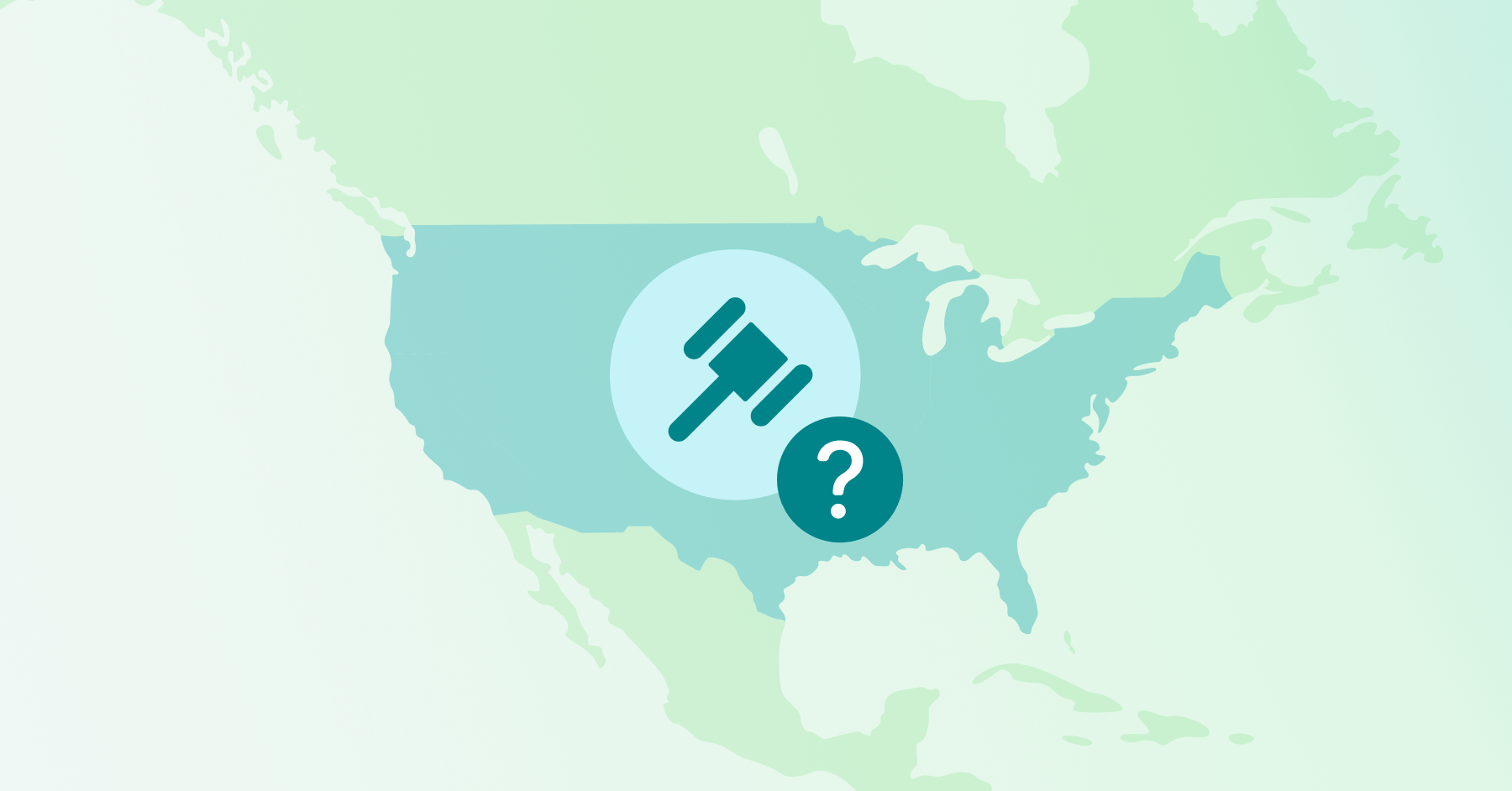Pay equity in the retail industry is especially challenging: High turnover, segments with different compensation philosophies, and a large field workforce can make analysis tough.
But even though these obstacles make the effort to achieve pay equity challenging, the need is glaring. According to a report by McKinsey & Co, while Black workers hold 17% of hourly jobs at major companies, low-level supervisory or management roles are held by only 9%. Similarly, Hispanic workers hold 16% of hourly field positions, but only 8% of manager-level roles.
America’s retail workforce is the most diverse and inclusive of any business sector in the country with more than 52 million workers representing every race, ethnicity, and gender, but it has exhibited a shortage of diversity in leadership for all three categories.
A recent analysis of the most current data on the industry available from the Equal Employment Opportunity Commission showed that 86% of all executives, senior-level officials, and managers were white, and two-thirds of those individuals were white men.
When the industry news site Retail Dive analyzed the data, they found that the number of executives of color working in retail had hardly changed in the last decade.
In the chart below, you see an example of how this impacts overall leadership: On the left there’s an even distribution of male and white employees as you move up the corporate ladder. But on the right, you can see how women and BIPOC employees are overrepresented in the lower levels and underrepresented in higher levels.

As we’ve discussed in previous articles, when women and BIPOC employees don’t have equal access to jobs, promotions, and other forms of advancement, it hinders their chances of moving into higher-paying roles.
The result? A median pay gap.
U.S. Census data shows that around 75% of cashiers are women but only 45% of women are first-line supervisors of retail sales workers. In 2019, the median earnings of female cashiers and first-line retail sales supervisors were $22,032 and $36,432, respectively; men in the same jobs earned $24,616 and $50,270.
The pay equity website Narrow the Gap reported that in 2020, women first-line supervisors of retail sales workers made 75 cents to the dollar men earned — and that wage gap had widened 4 cents from 2011. That’s $248 out of a weekly paycheck, which means these employees were paid $12,896 less annually for doing the same job.
Fortunately, leading retailers are taking key steps to address these inequities using purpose-built pay equity software. Let’s look at two examples where retail organizations were able to uncover and start resolving their pay gaps.
Case study: Improve leadership diversity to close pay gap
The leadership team at a national retail chain dealing with a lack of pay equity in its organization wanted to find out what was causing their median pay gap. Syndio’s experts, knowing that the cause of a median pay gap is often a lack of representation in management, helped them conduct an analysis.
The team investigated whether their policies and practices were equitable, and found that representation in leadership and high-paying functions was on track at headquarters. But when they zoomed in and analyzed representation at their retail stores, they found that employees weren’t advancing equally: Women were well represented as assistant store managers (53%) but were not moving up to store manager, with only 34% female managers. Further research showed that this deficiency was largely among women of color, whose representation in the store manager level was less than half of what it was at the assistant store manager level.
The analysis
By analyzing the data and interviewing employees, the company isolated the root cause of the problem: women of color were more adversely impacted by the pandemic than other groups of employees. And due to their caregiving responsibilities at home, the hours and flexibility required for the manager job weren’t feasible.
This company’s experience reflects broader labor market trends sparked by the COVID-19 pandemic, when Black and Latina women left the labor force at higher rates than any other group, primarily due to caregiver responsibilities.
Hispanic and Black populations have the highest prevalence of caregiving of any racial/ethnic group, at 21% for Hispanic and 20.3% for Black communities. In addition, 57% of Black caregivers meet the standard of a “high burden” of caregiving, spending on average 30 hours a week caring for their loved one. One in three African American caregivers are “sandwiched” (i.e., they’re caring for a child or grandchild as well as an elder).
Outcomes
This retailer, by isolating the inequity by group, job, and location, was able to address this issue and put a plan in place — including restructuring job requirements to ensure there was more opportunity for women of color to advance — to move the needle on their leadership diversity and pay gap goals.
Case study: Create a more agile pay equity strategy to address business changes
A nationwide retailer had several specific challenges when they began to evaluate their pay equity: First, their analysis was conducted in the midst of COVID, which, as for many retail organizations, caused a changing business model with curbside fulfillment, omnichannel, and more. Second, the company had brand new leadership, which posed some transition complications.
Finally, the organization needed to engage their talent in the midst of all of this, but had some concerns about pay equity across race and ethnicities.
The retailer needed a nimble solution. A manual, once-a-year analysis would be too slow and inflexible; they needed a system that allowed for ongoing monitoring and modeling.
Adding to the challenge, the company did not have a large compensation team, had very little experience with pay equity analysis and even had turnover on that team during the pay equity analysis.
The solution
Because the organization had limited internal staff and experience with pay equity analysis, their team required and received a lot of support from Syndio throughout the analysis. The team used Syndio’s PayEQ™ pay equity software to conduct their analysis – in a fraction of the months that are required for a manual process. And with Syndio’s flexibility, they were able to adjust groups and data as needed for a more thorough analysis, in addition to being able to run new analyses as new hires and other circumstances dictated. Finally, although they experienced turnover on their own team, the Syndio team provided the continuity and education needed, transferring knowledge and helping them maintain their momentum so they could meet their milestones.
Syndio experts also worked with the organization to model the identified pay inequities and remediation, achieved by combining pay equity adjustments with merit increases and other market-related adjustments they were planning for their workforce.
Outcomes
The compensation team was able to address equity issues within their annual merit cycle. This helped them communicate their commitment to pay equity as part of their broader rewards initiatives and the overall employee value proposition. As addressing pay equity in this more progressive manner was new to the organization, it was important for them to lay this foundation as part of their journey toward increased transparency. They will continue to educate leaders and employees regarding their commitment as they progress.
The team is also embedding pay equity into their systems with Syndio’s Pay Finder™ to ensure new hire salaries are within equitable ranges and don’t create new pay inequities. Having the ability to monitor hires, and to model equitable pay for potential candidates, has given the compensation team confidence that they can avoid similar issues in future.
Pay equity software for retailers
Retail organizations have multiple reasons to pursue pay equity and leadership diversity — but regardless of the underlying cause, their unique challenges still require a solution that is flexible enough to achieve their goals. Syndio’s Workplace Equity Platform provides retailers with the robust technology, agility, and expertise needed to measure and improve all facets of workplace equity — from reducing pay gaps to providing equitable opportunities.



